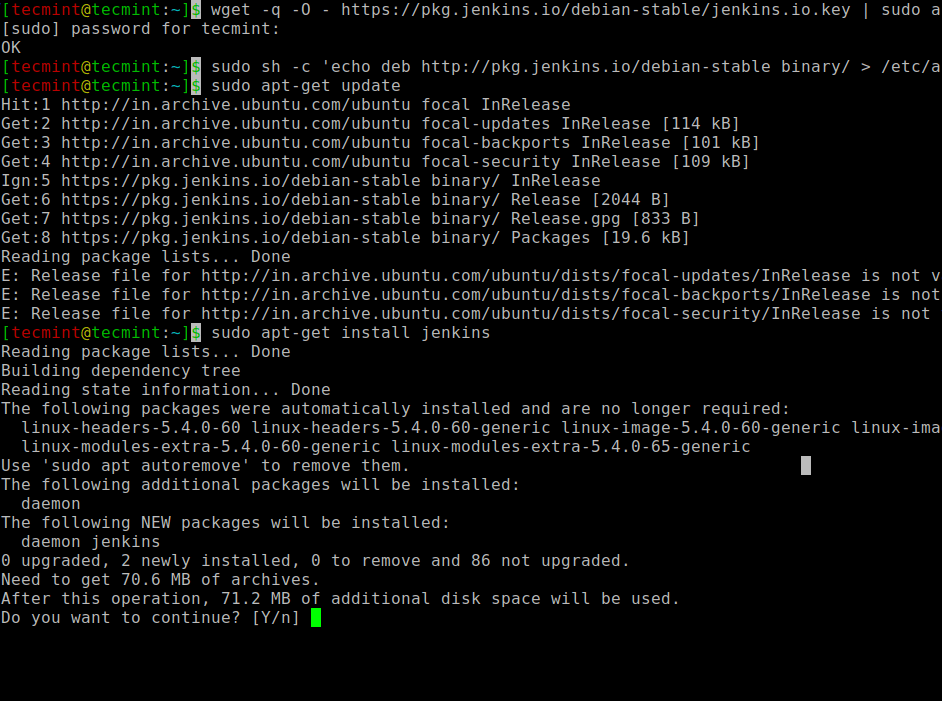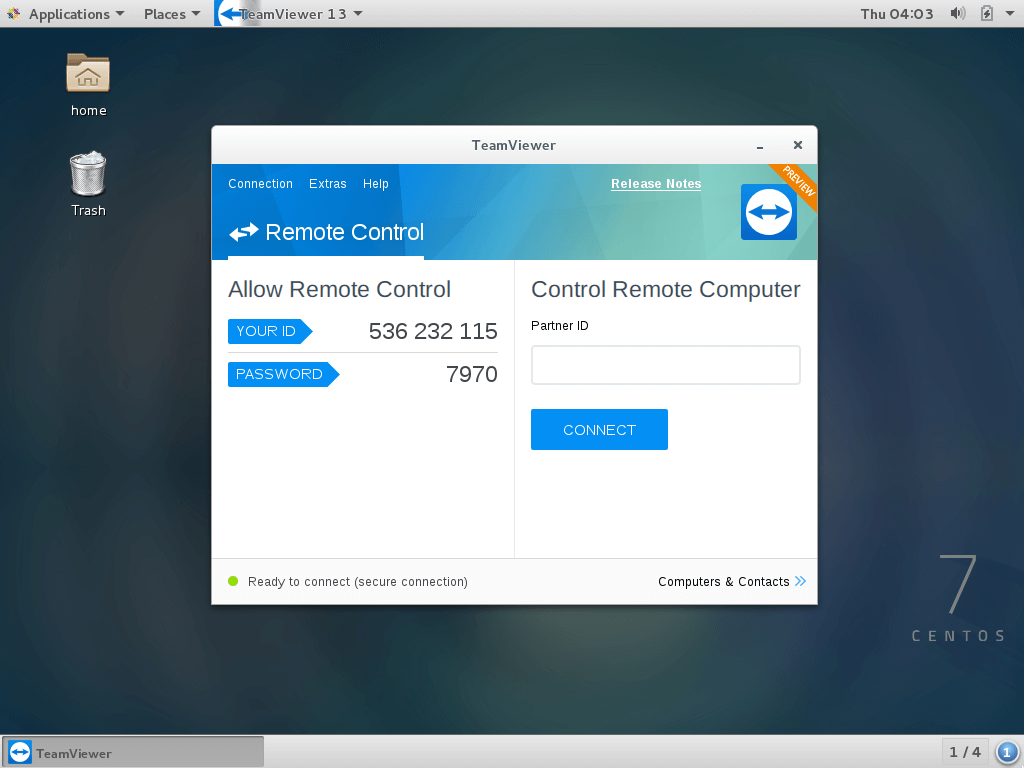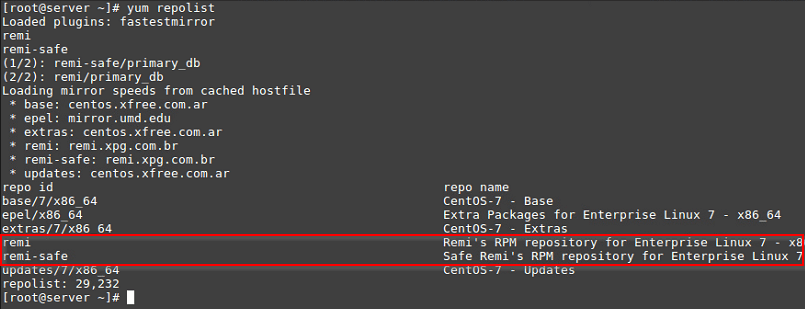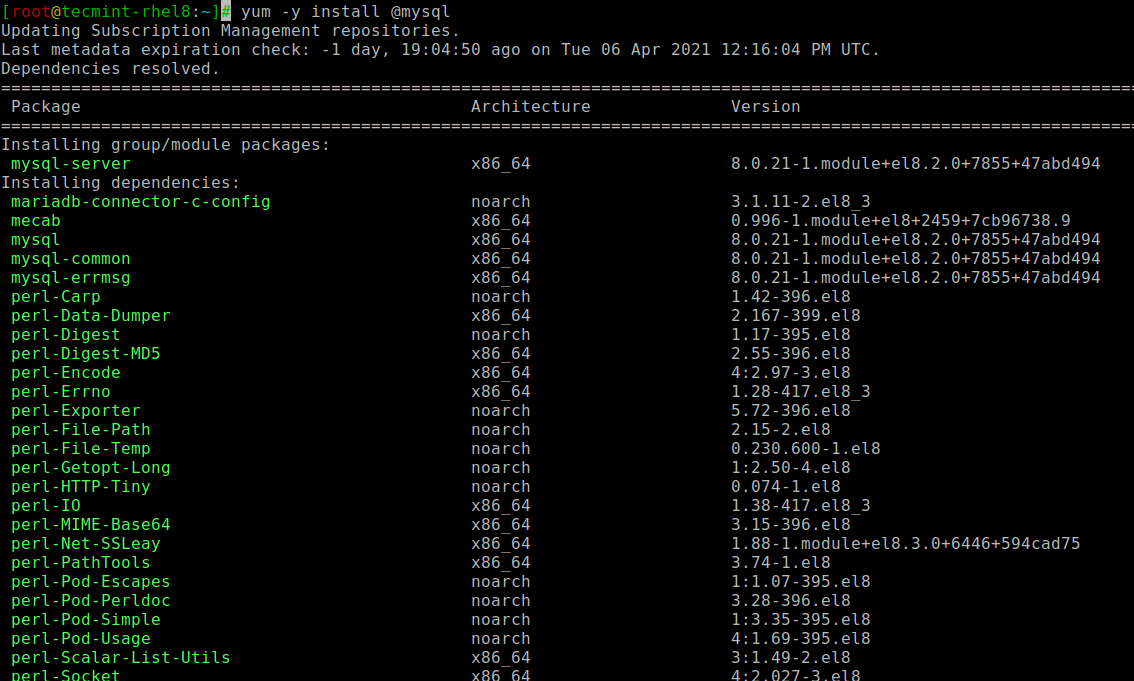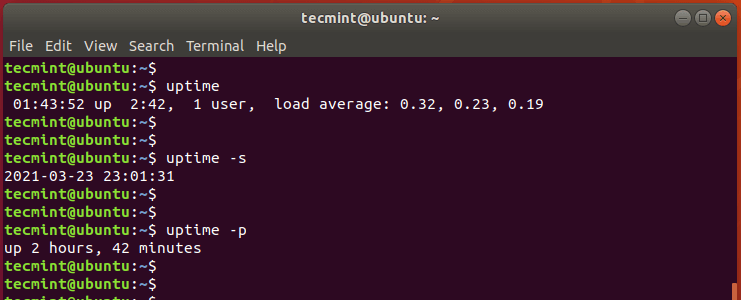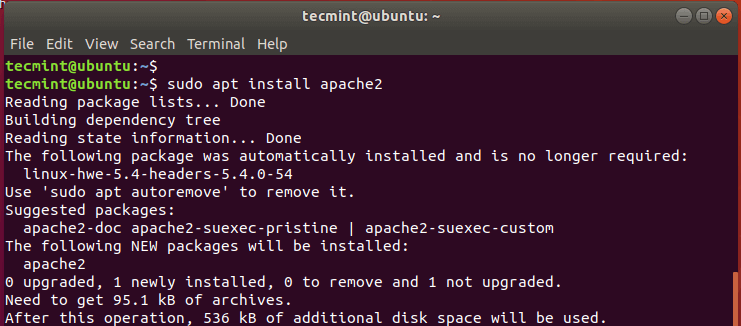Jenkins is a leading self-contained open-source automation server that is used to automate repetitive technical assignments involved in building, testing, and delivering or deploying software. Jenkins is Java-based and can be installed through Ubuntu packages, Docker, or by downloading and running its web application archive (WAR) file that includes all the contents of a web
Make Linux Great Again
How To Install Java with Apt on Ubuntu 20.04
Java is one of the most popular programming languages and the JVM (Java’s virtual machine) is the run-time environment to run Java applications. These two platforms are required for much popular software that includes Tomcat, Jetty, Cassandra, Glassfish, and Jenkins. In this article, you will learn how to install Java Runtime Environment (JRE) and the
LFCA: Learn Binary and Decimal Numbers in Network – Part 10
In Part 9 of the LFCA series, we covered the basics of IP addressing. To better understand IP addressing, we need to pay more attention to these two types of IP address representation – binary and decimal-dotted quad notation. As mentioned earlier, an IP address is a 32-bit binary number that is usually represented in
LFCA: Learn Basics of Network IP Addressing – Part 9
In our previous chapter of the LFCA series, we defined a computer network and briefly brushed over some of the general Linux networking commands that you can use to retrieve useful network information such as your IP address, subnet mask, open ports and so much more. In an interconnected world, networks play a huge role
How to Install TeamViewer 15 on RHEL/CentOS/Fedora and Debian/Ubuntu
Teamviewer is a cross-platform, powerful, and secure remote access and control software that can connect to multiple devices simultaneously. It is an all-in-one solution for remote support which can be used for desktop sharing, online meetings, and file transfer between devices connected over the Internet. It works on notable operating systems such as Linux, Windows,
How to Enable Remi Repository to Install Latest LAMP Stack
If you are a system administrator, a developer, or a DevOps engineer, chances are that at some point you’ve had to set up (or work with) a LAMP (Linux / Apache / MySQL or MariaDB / PHP) stack. The web and database servers, along with the well-known server-side language, are not available in their latest
How to Setup MySQL Master-Slave Replication on RHEL 8
MySQL Replication is a process where data from one server is automatically copied or replicated onto another backup server in real-time. Replication provides redundancy and fault tolerance and gives the user peace of mind that even after a failure in the master server, data can still be recovered. In this tutorial, you are going to
LFCA: How to Monitor Basic System Metrics in Linux – Part 8
This article is Part 8 of the LFCA series, here in this part, you will acquaint yourself with the general system administration commands to monitor basic system metricks and schedule administrative tasks in the Linux system. Keeping tabs on the performance of your system is one of the crucial roles that you will have to
LFCA: How to Manage Software Packages in Linux – Part 7
This article is Part 7 of the LFCA series, here in this part, you will acquaint yourself with the general system administration commands to manage software packages in the Linux system. As a systems administrator, you will be tasked with the responsibility of managing software packages. This includes installing, upgrading, and removing or uninstalling packages
How to Install Mosh Shell as SSH Alternative on Linux
Mosh, which stands for Mobile Shell is a command-line application which is used for connecting to the server from a client computer, over the Internet. It can be used as SSH and contains more feature than Secure Shell. It is an application similar to SSH, but with additional features. The application is written originally by

